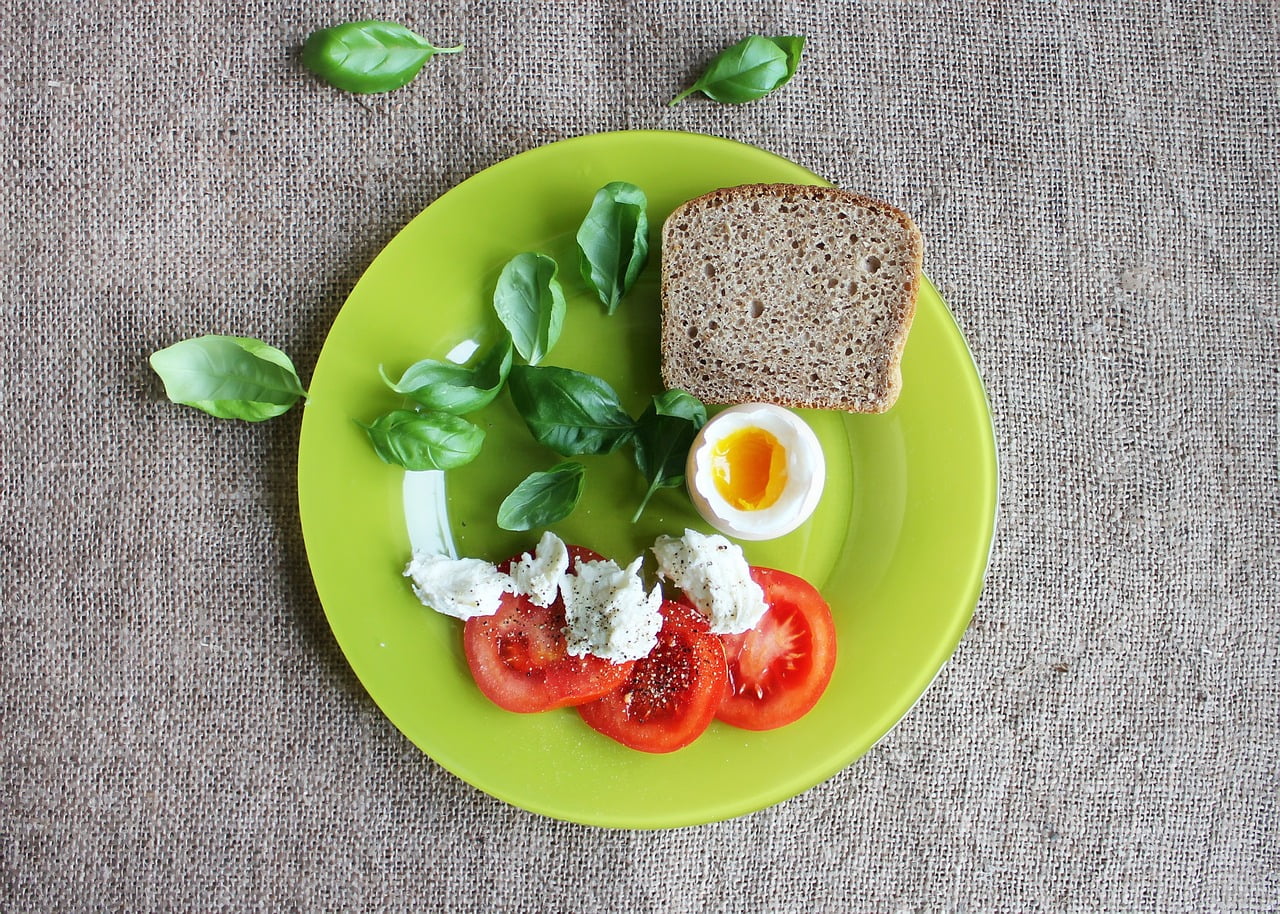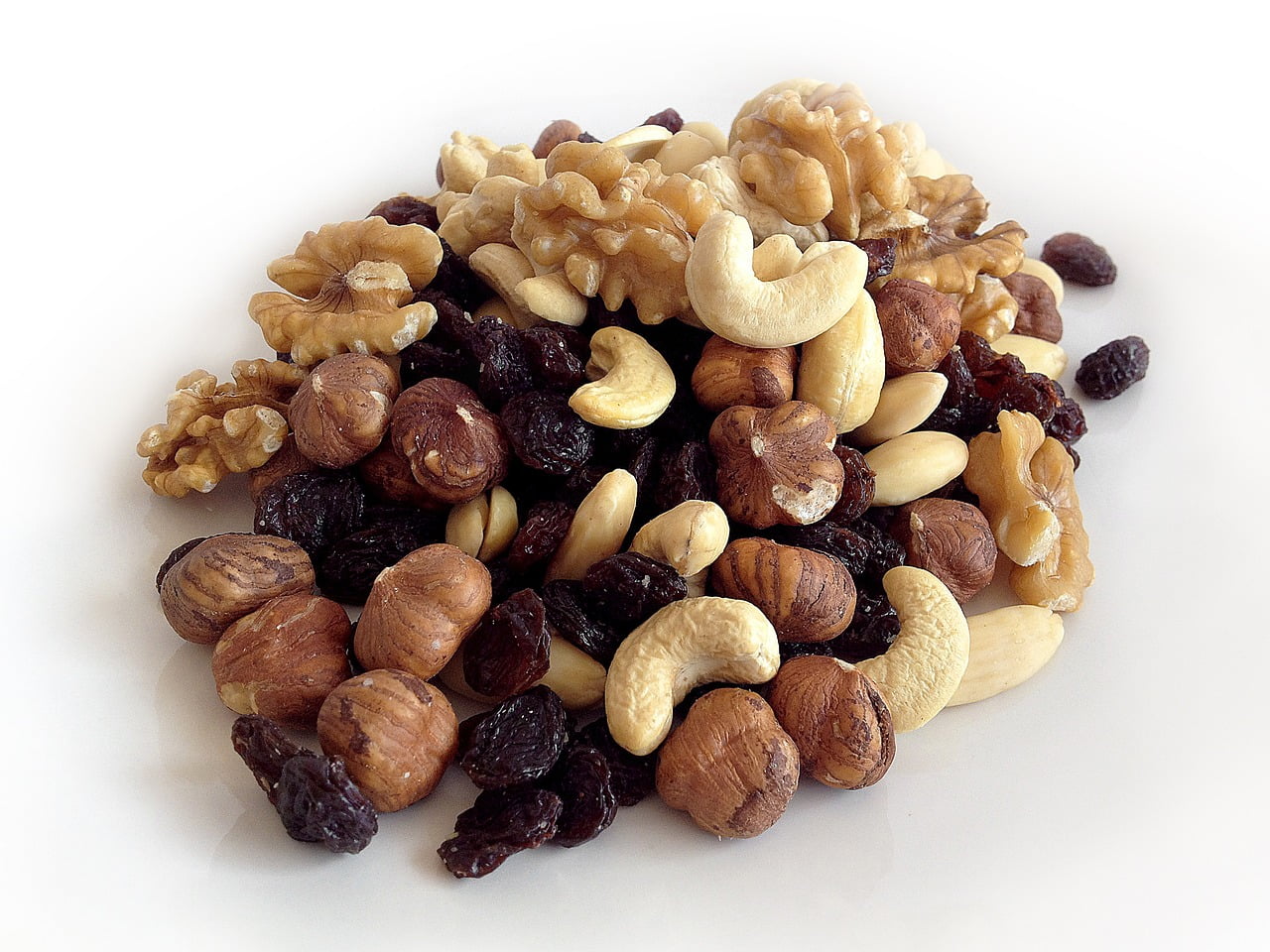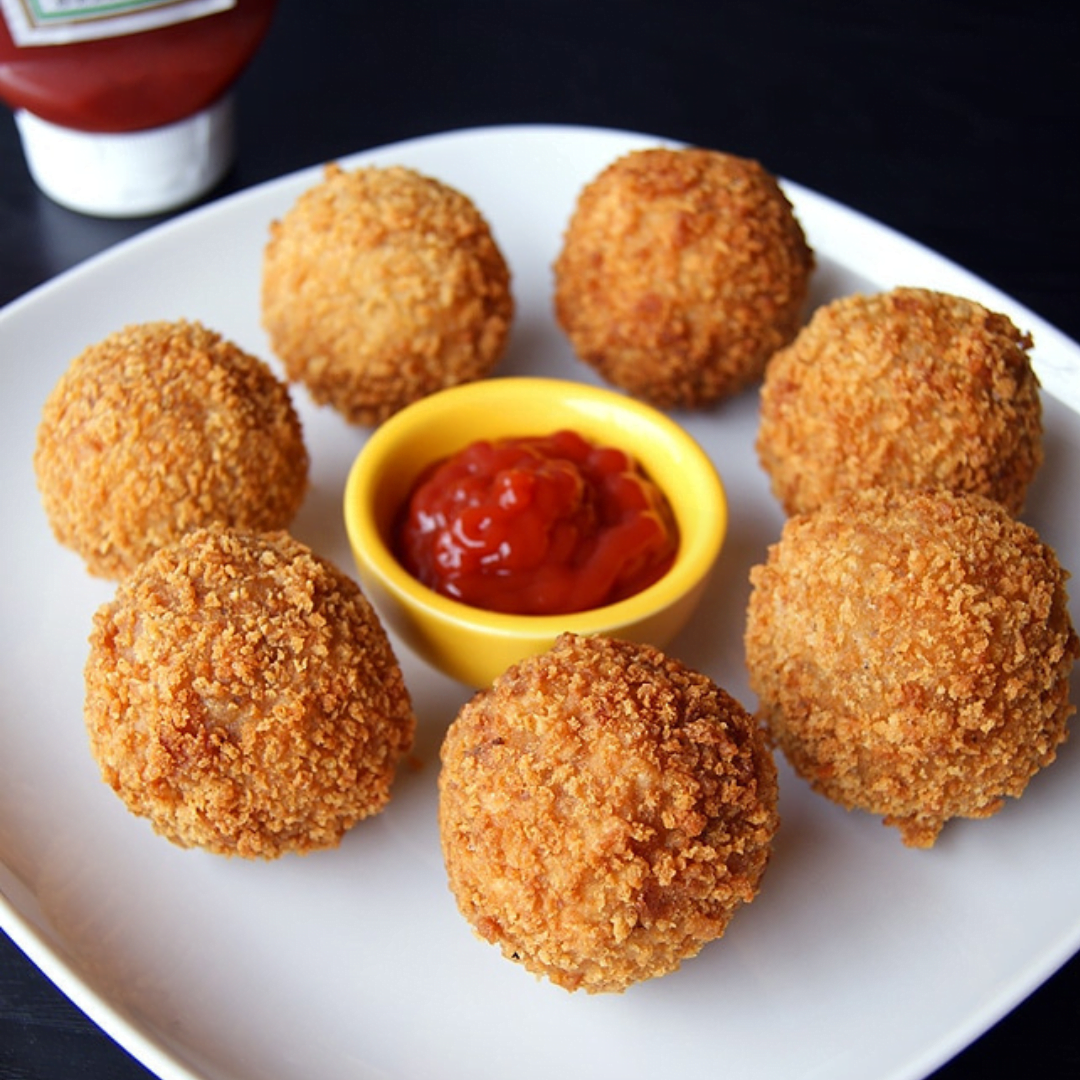A Guide that Explores Pizza. The origins of pizza, trace its roots back to ancient civilizations and the birthplace of modern pizza in Naples, Italy. You’ll learn about the techniques used to create the iconic thin-crust or deep-dish bases and the importance of quality ingredients in achieving that authentic and flavorful experience. We’ll also venture into different pizza styles found across various regions and countries, uncovering unique flavor combinations and culinary traditions.
Whether you prefer classic flavors like pepperoni and cheese, or you’re intrigued by gourmet toppings like truffle oil and arugula, our guide will provide insights into pairing flavors, creating delicious crusts, and even making your own homemade pizza. Additionally, we’ll share tips on selecting the right pizzerias, exploring hidden gems, and navigating the world of pizza when dining out.
Prepare yourself for a tantalizing exploration of pizza’s rich heritage and diverse flavors as we dive into this guide that will leave you craving another slice. Let’s embark on this gastronomic adventure together and unravel the secrets of one of the world’s most beloved dishes.

Best Pizza for Ultimate Flavor Exploration
1. Margherita Pizza:
As the classic Neapolitan pizza, Margherita showcases the simplicity and balance of flavors with its thin crust, San Marzano tomato sauce, fresh mozzarella cheese, and fragrant basil leaves. It’s a timeless favorite loved by pizza enthusiasts worldwide.
2. Pepperoni Pizza:
A staple in American pizzerias, Pepperoni pizza features a generous amount of spicy pepperoni slices atop a tomato sauce and mozzarella cheese base. The savory and slightly greasy goodness of this crowd-pleasing pizza is hard to resist.
3. Hawaiian Pizza:
Controversial yet undeniably popular, Hawaiian pizza combines the sweetness of pineapple with the saltiness of the ham and the creaminess of melted mozzarella. Its unique blend of flavors provides a tropical twist that has won the hearts of many.
4. BBQ Chicken Pizza:
With a tangy barbecue sauce base, tender chunks of chicken, red onions, and a blend of cheeses, BBQ chicken pizza offers a delightful combination of smoky, sweet, and savory flavors. It’s a fantastic choice for those craving a unique and satisfying pizza experience.
5. Margherita D.O.C. Pizza:
Going beyond the traditional Margherita, the Margherita D.O.C. (Denominazione di Origine Controllata) adheres to specific regulations for ingredients and preparation methods. Made with certified San Marzano tomatoes, buffalo mozzarella, and fresh basil, this pizza embodies the highest standards of Italian authenticity.
6. Mushroom and Truffle Pizza:
For an indulgent and earthy experience, the Mushroom and Truffle pizza combines sautéed mushrooms, truffle oil, and a mix of cheeses. The rich, aromatic truffle essence elevates this pizza into a luxurious treat for the taste buds.
7. Four Cheese Pizza:
Cheese lovers rejoice! The Four Cheese pizza is a heavenly combination of gooey mozzarella, creamy ricotta, tangy Parmesan, and salty Gorgonzola. Each bite delivers a burst of cheesy goodness, making it an irresistible choice for pizza enthusiasts.
8. Margherita Stuffed Crust Pizza:
Taking the classic Margherita to the next level, the Margherita stuffed crust pizza features a ring of melted mozzarella cheese within the crust. It adds an extra layer of decadence and gooeyness to an already beloved pizza.
9. Veggie Supreme Pizza:
Packed with an assortment of fresh vegetables such as bell peppers, onions, olives, tomatoes, and mushrooms, the Veggie Supreme pizza is a colorful and flavorful option for vegetarians and veggie enthusiasts. Its vibrant combination of toppings creates a delightful medley of tastes.
10. Meat Lover’s Pizza:
Perfect for carnivores, the Meat Lover’s pizza is a carnivorous delight. Loaded with a variety of savory meats like pepperoni, sausage, bacon, and ham, this pizza is a protein-packed feast that will satisfy even the heartiest appetites.
Embark on a pizza adventure and try these mouthwatering varieties to experience a world of flavors. From the traditional Margherita to the extravagant truffle-infused delicacies, each type of pizza offers its own distinct and delicious personality.

History of Pizza
Delve into the fascinating history of pizza, a culinary delight that has captured the hearts and taste buds of people around the world. This journey will take us back in time, exploring the origins of pizza and tracing its evolution from a simple flatbread to the iconic dish we know today.
Ancient Beginnings:
Our exploration starts in ancient times, where evidence suggests that early civilizations in Mesopotamia, Egypt, and Greece enjoyed various forms of flatbread topped with herbs, oils, and other ingredients. These early iterations laid the foundation for what would eventually become pizza.
Birth of Modern Pizza:
Fast forward to 18th-century Naples, Italy, a bustling city known for its vibrant street food culture. It was here that pizza, as we know it, took shape. Street vendors sold inexpensive flatbreads topped with tomatoes, cheese, and other local ingredients, catering to the working-class population.
Margherita Pizza:
In 1889, the renowned Neapolitan pizzaiolo Raffaele Esposito created the Margherita pizza, named after Queen Margherita of Italy. This simple yet delicious combination of tomatoes, mozzarella cheese, and basil leaves showcased the colors of the Italian flag and became an instant hit, solidifying pizza’s popularity.
Pizza in America:
Italian immigrants brought their cherished recipes to America in the late 19th and early 20th centuries, introducing pizza to a new audience. Initially found in Italian neighborhoods, pizza gained traction and eventually spread across the country, thanks to soldiers returning from World War II, who developed a taste for the dish while stationed in Italy.
Pizza Goes Global:
Throughout the 20th century, pizza continued to gain international recognition. Pizzerias opened worldwide, adapting to local tastes and incorporating regional ingredients. Today, you can find countless variations, from New York-style thin crust to deep-dish Chicago-style pizza, and even innovative fusion creations.
Modern Innovations:
In recent years, pizza has undergone further transformations, with creative toppings, gluten-free and vegan options, and the rise of artisanal pizzerias. The advent of delivery services and online platforms has made pizza more accessible than ever, solidifying its position as a beloved comfort food worldwide.
From its humble beginnings as a flatbread to its status as a global culinary phenomenon, the history of pizza is a testament to the enduring appeal of this delectable dish. As you savor each slice, remember the centuries of culinary craftsmanship and cultural influences that have shaped pizza into the beloved and versatile delight it is today.

How to Make Pizza at Home
Craving a piping hot pizza straight from your own kitchen? With our step-by-step guide, you can learn the art of cooking delicious pizza right at home. From preparing the dough to selecting your favorite toppings, follow these instructions to create a homemade pizza that rivals your favorite pizzeria.
Gather Your Ingredients and Equipment:
To get started, gather the necessary ingredients: all-purpose flour, yeast, warm water, salt, olive oil, and your preferred pizza toppings. Additionally, you’ll need a mixing bowl, rolling pin, baking sheet, or pizza stone, and an oven preheated to a high temperature.
Prepare the Dough:
In a bowl, combine the flour, yeast, and salt. Slowly add warm water and olive oil, mixing until a soft dough forms. On a lightly dusted surface, knead the dough for 5 to 7 minutes, or until it is smooth and elastic. When the dough has doubled in size, place it in an oiled basin, cover it with a clean towel, and let it rise for about an hour.
Roll out the Dough:
Once the dough has risen, punch it down and transfer it to a floured surface. Roll it out to the thickness and shape you choose for your pizza using a rolling pin. For a crispier crust, roll it thinner; for a chewier crust, keep it slightly thicker.
Add Sauce and Toppings:
Place the rolled-out dough onto a greased baking sheet or a preheated pizza stone. Spread your favorite tomato sauce or alternative base on the dough, leaving a border around the edges. Add any preferred garnishes, such as cheese, meat, veggies, or herbs. Try out different flavor combinations, and be inventive!
Bake to Perfection:
Carefully transfer the prepared pizza into the preheated oven. Bake for 12 to 15 minutes at a high heat (often 450°F or 230°C), or until the crust is golden brown and the cheese has melted and bubbled.
Keep a close eye to avoid burning.
Slice and Serve:
Once the pizza is cooked to perfection, remove it from the oven and let it cool for a few minutes. Use a pizza cutter or a sharp knife to slice it into wedges. Serve your homemade pizza hot and enjoy the delicious fruits of your labor!
With this step-by-step guide, you can confidently embark on your homemade pizza adventure. From preparing the dough to customizing your toppings, the joy of cooking and savoring a fresh, homemade pizza is within your reach. Embrace your inner pizzaiolo, and relish the delightful flavors of a pizza made with love in the comfort of your own kitchen.

How to Eat Pizza With Other Dishes
While pizza is undoubtedly a delicious and satisfying dish on its own, pairing it with complementary dishes can take your culinary experience to new heights. Whether you’re hosting a gathering or simply want to explore new flavor combinations. Follow these suggestions to elevate your pizza feast with the perfect accompaniments.
Fresh Salads:
Pair your pizza with a refreshing salad to add a burst of freshness and balance to your meal. Crisp, leafy greens like arugula or a classic Caesar salad can provide a contrast to the savory flavors of the pizza. Consider incorporating seasonal vegetables, tangy dressings, and crunchy toppings for a delightful salad pairing.
Appetizers and Antipasti:
Begin your meal with a selection of appetizers or antipasti to whet your appetite. Bruschetta, garlic knots, or a platter of cured meats and cheeses can complement the flavors of pizza. These pre-pizza bites offer a variety of textures and tastes, preparing your palate for the main event.
Pasta Delights:
Expand your Italian culinary experience by serving a side of pasta alongside your pizza. Opt for classic dishes like spaghetti aglio e olio, creamy fettuccine Alfredo, or rich tomato-based pasta. The combination of pizza and pasta allows you to enjoy a variety of flavors and textures in one satisfying meal.
Savory Soups or Stews:
During colder months, warm up with a hearty soup or stew to accompany your pizza. A bowl of minestrone, tomato bisque, or even a comforting bowl of chili can add depth and warmth to your pizza feast. The contrasting temperatures and flavors create a delightful contrast that satisfies both comfort food cravings and pizza desires.
Delicious Dips and Sauces:
Enhance your pizza experience with a selection of tasty dips and sauces. Marinara sauce, garlic butter, or tangy ranch dressing can be perfect for dipping the crust or adding an extra layer of flavor to each bite. Experiment with different flavors to find your personal favorite combination.
Sweet Endings:
Finish off your pizza feast with a sweet treat that complements the savory flavors. Indulge in a light fruit salad, a scoop of gelato, or a classic dessert like tiramisu or cannoli. The combination of sweet and savory creates a satisfying contrast that leaves a lasting impression.
Pairing pizza with other delicious dishes can elevate your dining experience and create a symphony of flavors on your palate. Whether it’s fresh salads, appetizers, pasta, soups, dips, or sweet endings, there are countless possibilities for enhancing your pizza feast. So, get creative, experiment with different combinations, and discover the perfect accompaniments that will take your pizza enjoyment to new heights.

FAQs Of Pizza Guide
How long does it take to make a homemade pizza?
The time it takes to make a homemade pizza can vary depending on factors such as the type of dough, rising time, and baking temperature. Generally, it takes around 1-2 hours for the dough to rise, and baking time can range from 10-15 minutes. So, from start to finish, you can expect to spend approximately 2-3 hours to make a homemade pizza.
Can I make pizza without a pizza stone?
Yes, you can make pizza without a pizza stone. If you don’t have a pizza stone, you can use a baking sheet or a preheated cast-iron skillet as an alternative. Simply preheat the baking sheet or skillet in the oven. And then transfer the pizza onto the hot surface to bake.
Can I freeze pizza dough?
Yes, pizza dough can be frozen for later use. After preparing the dough and allowing it to rise. You can divide it into portions, wrap each portion tightly in plastic wrap, and place them in a freezer bag. Frozen pizza dough can typically be stored for up to 3 months. When you’re ready to use it, thaw the dough in the refrigerator overnight, and then proceed with shaping, adding toppings, and baking.
How do I prevent a soggy pizza crust?
To prevent a soggy pizza crust, it’s important to ensure your oven is adequately preheated and that the pizza stone or baking sheet is hot before placing the pizza on it. Additionally, avoid overloading the pizza with too many wet or heavy toppings, as they can release moisture during baking. Pre-baking the crust for a few minutes before adding the sauce and toppings can also help create a barrier and prevent sogginess.
What are some alternative pizza toppings?
While traditional pizza toppings like pepperoni, mushrooms, and bell peppers are popular. There are endless possibilities for alternative toppings to suit different tastes and dietary preferences. Some creative options include grilled chicken, artichoke hearts, caramelized onions, goat cheese, arugula, sun-dried tomatoes, or even pineapple for those who enjoy a Hawaiian-style pizza. Don’t be afraid to experiment and discover unique flavor combinations that excite your palate.























